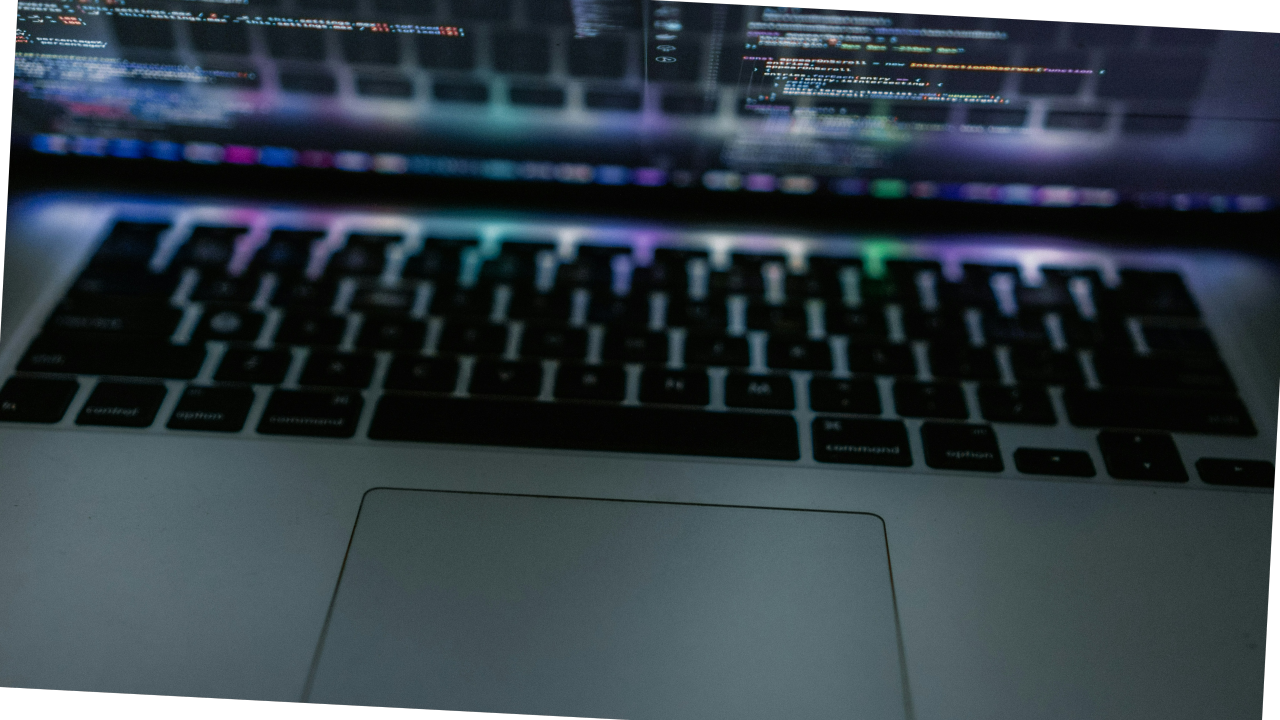
Grouping Data in Python: Finding Patterns in Categories
Emna Arfaoui
Aspiring Bi Engineer | étudiant(e) à Ecole Supérieure Privée d'Ingénierie et de Technologies - ESPRIT
Exploring your data is akin to assembling a puzzle—you must understand each piece to see the whole picture. One key technique that helps with this is grouping data into categories. Grouping allows you to organize data into meaningful segments, making it easier to compare, spot trends, and uncover hidden insights.
This method is crucial because it enables you to transform raw data into a structured format where patterns and anomalies become more visible.
What Does Grouping Mean?
Grouping is a process of organizing data into categories, making it easier to compare different groups and identify patterns. For example, if you’re analyzing sales data, you might want to group sales by product category to see which categories are performing well.
Let’s say you have a dataset called "market_census" that includes information about various product categories and the number of units sold in each category. By grouping the data by product category, you can easily calculate the total units sold for each category and identify which ones are in high demand.
How to Group Data in Python
领英推荐
Process :
Output :
In this example, grouping the sales data by product category shows us which categories are performing well. We can see that "Electronics," "Clothing,", "Sports" and "Books" have sold more than 60 units, indicating they are in demand.
Grouping data is a powerful tool for uncovering insights and making sense of complex datasets. By organizing data into meaningful categories, you can easily identify trends, compare different segments, and gain valuable perspectives that might be hidden in raw data.
Whether you're analyzing sales figures, customer behavior, or website traffic, grouping helps you see the bigger picture.
I hope this article has shed some light on the importance of data grouping and how to implement it using Python. Look out for more articles where I'll explore additional essential data analysis techniques in greater detail.